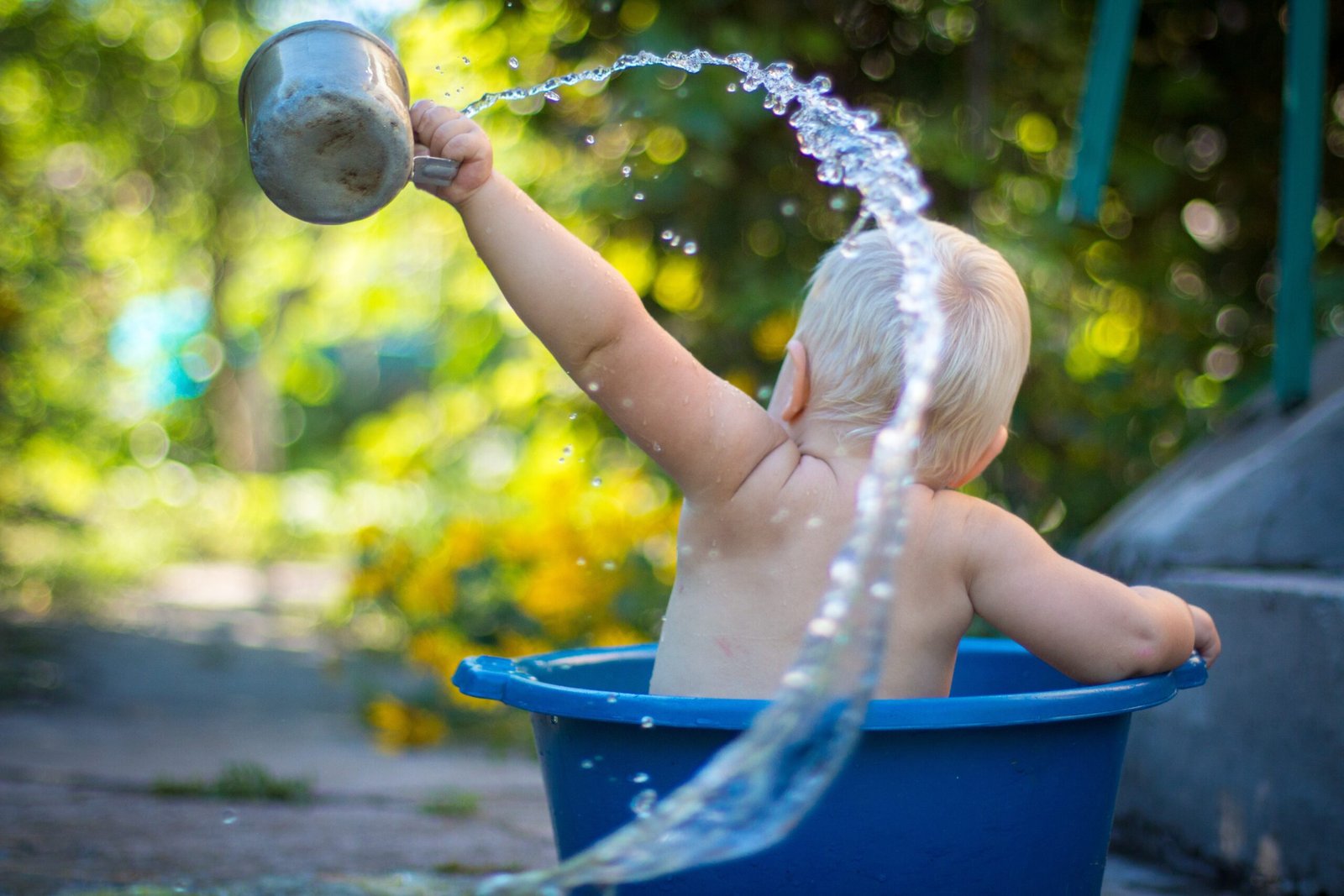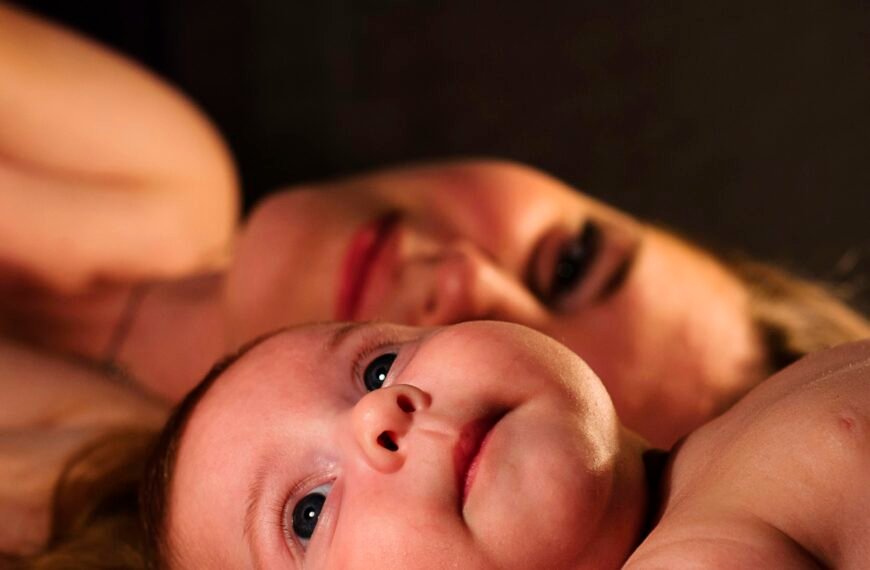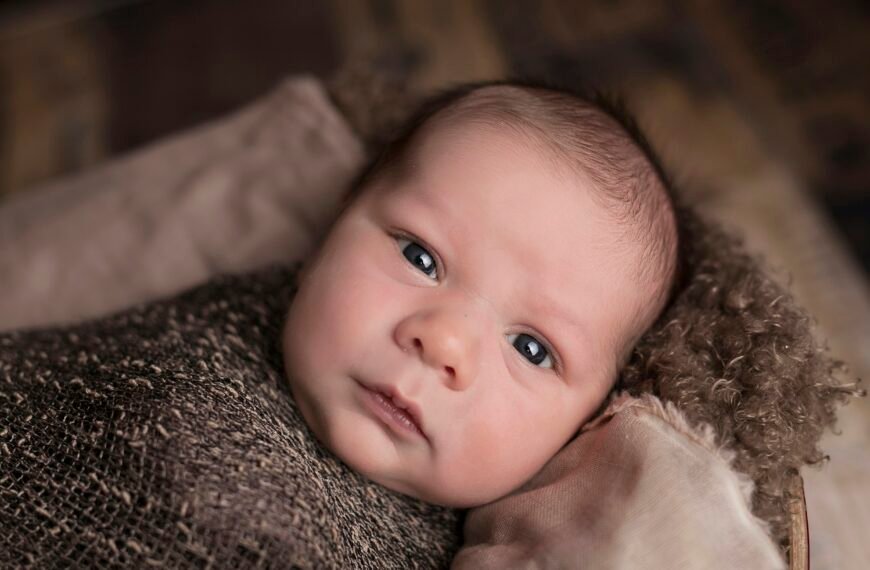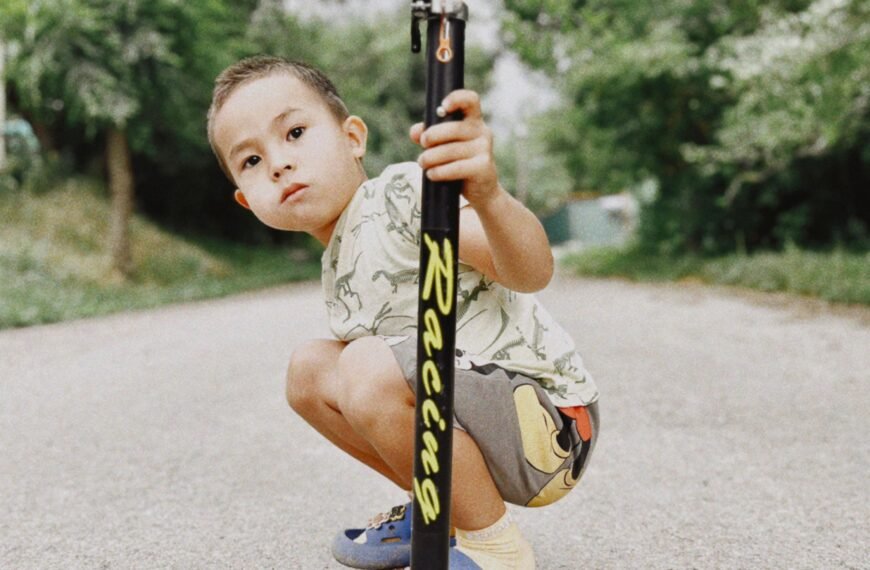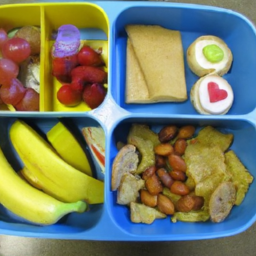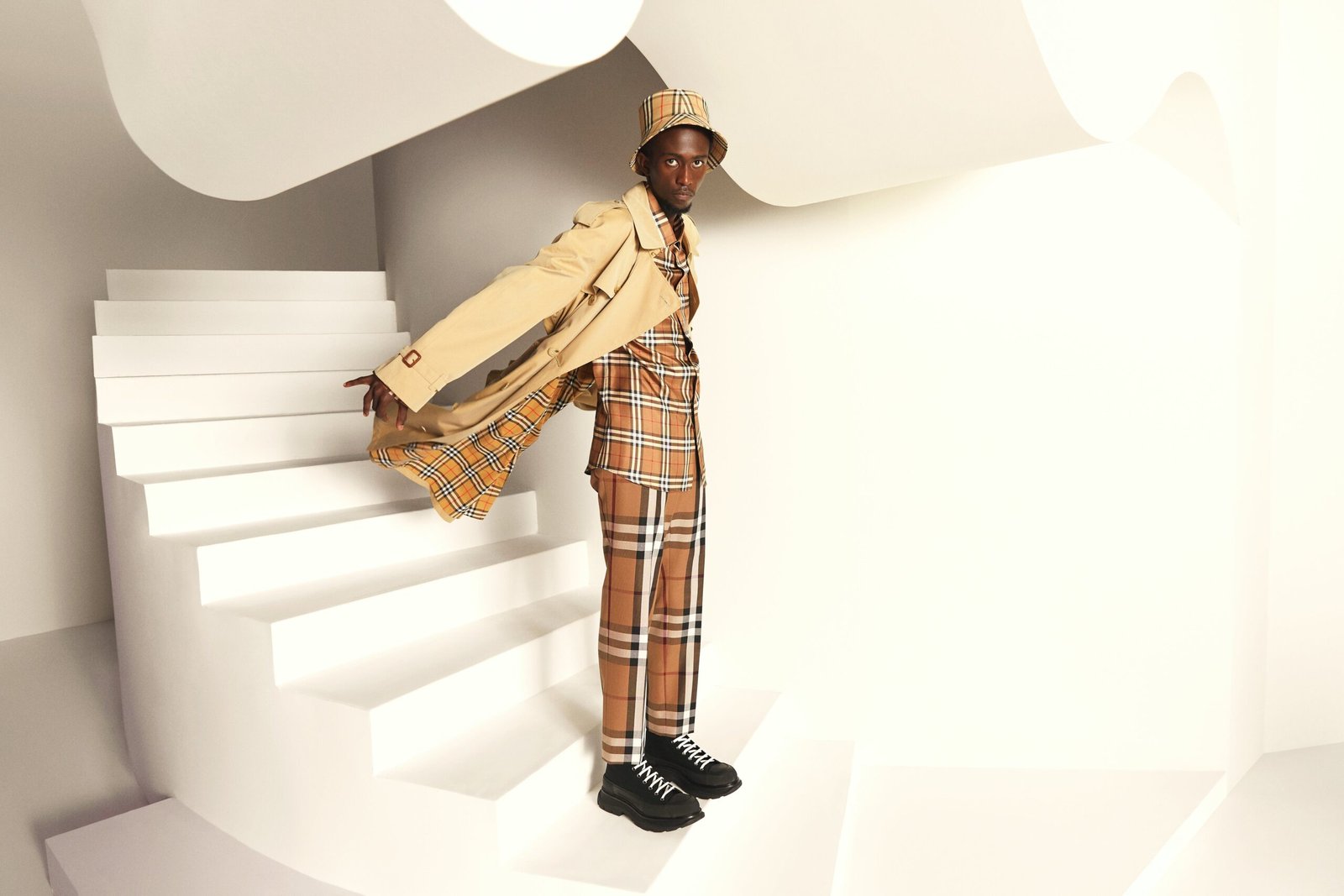Does the thought of your baby playing with dirty and potentially germ-infested toys make you cringe? If so, you’re not alone. As a parent, ensuring the cleanliness and hygiene of your baby’s toys is crucial in keeping them healthy and safe. In this article, you’ll discover practical tips and effective methods on how to safely disinfect baby toys, ensuring your little one can explore, learn, and have fun with peace of mind.
Check Baby Toys Guide & Review
Why is it important to disinfect baby toys?
Prevent the spread of germs
Disinfecting baby toys is crucial in preventing the spread of germs. Babies often put toys in their mouths, which makes them susceptible to germs and bacteria. By regularly disinfecting their toys, you can minimize the risk of your baby coming into contact with harmful pathogens. This is especially important in environments where your baby is in contact with other children or when your baby is sick.
Protect your baby’s health
Babies have developing immune systems, which makes them more vulnerable to illnesses. By disinfecting their toys, you can help protect their health and reduce the chances of them falling ill. Keeping their toys clean and germ-free ensures that your baby is playing with safe and sanitary objects, promoting a healthier environment for them to grow and explore.
Maintain cleanliness and hygiene
Maintaining cleanliness and hygiene in your baby’s play area is essential for their overall well-being. Regularly disinfecting their toys helps to create a clean and safe environment for them to play in. It also sets a good example for personal hygiene, teaching your baby the importance of cleanliness from an early age.
Different types of baby toys
Soft toys
Soft toys, often made of fabric or plush materials, are a common type of baby toy. They are particularly loved for their cuddly and comforting nature. However, due to their porous nature, soft toys tend to trap dirt, dust, and bacteria more easily. Regular cleaning and disinfecting of soft toys are therefore important to ensure they remain hygienic and safe for your baby to play with.
Plastic toys
Plastic toys are durable and often easily washable, making them a popular choice for babies and parents alike. They come in various shapes, sizes, and textures, providing a wide range of sensory experiences for your little one. Proper cleaning and disinfection of plastic toys are essential to remove dirt, saliva, and any potential germs that may be present.
Wooden toys
Wooden toys are not only aesthetically pleasing but also provide a natural alternative to plastic toys. The smooth surfaces of wooden toys make them relatively easy to clean, but they still require regular disinfection. Using the right cleaning methods for wooden toys is crucial to prevent any damage or warping of the wood.
Rubber toys
Rubber toys, such as rubber ducks or teething rings, are popular choices for bath time or soothing a teething baby. While they are often resistant to water, they can be breeding grounds for bacteria if not properly cleaned. Regular disinfection of rubber toys is important to ensure your baby’s safety and maintain their good condition.
Bath toys
Bath toys often come into contact with water and are frequent companions during your baby’s bath time. However, the moist environment they are exposed to can lead to the growth of mold and mildew. It is essential to clean and disinfect bath toys regularly to prevent any potential health risks from the buildup of bacteria.
Teething toys
Teething toys are specifically designed to provide relief to babies during the teething phase. As babies tend to chew on these toys, they can accumulate saliva and become a breeding ground for bacteria. Keeping teething toys clean and disinfected is crucial to ensure your baby’s oral health and prevent any potential infections.

General guidelines for cleaning baby toys
Check the manufacturer’s instructions
Before cleaning any baby toy, it is important to check the manufacturer’s instructions. Different toys may have specific cleaning recommendations or restrictions to ensure their longevity and safety. Following these instructions will help you maintain the integrity of the toys while effectively disinfecting them.
Choose appropriate cleaning products
Selecting the right cleaning products is vital to ensure that your baby toys are properly disinfected without causing any damage. Mild soap and water are often sufficient for routine cleaning, while specific disinfectants may be necessary for more thorough disinfection. Avoid using harsh chemicals that may leave residues or be harmful to your baby.
Determine the frequency of cleaning
The frequency of cleaning baby toys depends on the level of use and the environment in which they are played with. Toys that are frequently handled or taken outside may require more frequent cleaning compared to those used indoors. Regularly inspecting and cleaning your baby’s toys will help you maintain a clean and germ-free play area.
Remove any batteries or electronic components
Before disinfecting any toy that contains batteries or electronic components, it is important to remove them. These parts should not be submerged in water or exposed to moisture, as this can damage the toy. Wipe them clean with a damp cloth or use appropriate cleaning methods recommended by the manufacturer.
Cleaning soft toys
Machine washable toys
For soft toys that are machine washable, following the manufacturer’s instructions for washing is crucial. Ensure that you use a gentle cycle and mild detergent. Placing the toys in a laundry bag or pillowcase can help protect them from potential damage. It is advisable to air dry machine washable toys to prevent any shrinkage or deterioration.
Hand washable toys
For hand washable soft toys, fill a basin or sink with warm water and mild detergent. Gently agitate the toys in the soapy water, paying attention to any stained or soiled areas. Rinse the toys thoroughly to remove any detergent residue, and then squeeze out any excess water. Allow the toys to air dry completely before giving them back to your baby.
Spot cleaning delicate toys
Some soft toys may require spot cleaning instead of being fully submerged in water. For delicate or intricately designed soft toys, use a clean cloth or sponge dampened with mild soapy water. Gently blot or rub the affected areas to remove any stains or dirt. Be cautious not to saturate the toy, as excessive moisture can damage it. Allow the toy to air dry completely after spot cleaning.

Cleaning plastic toys
Washing with soap and water
Plastic toys are generally easy to clean by washing them with soap and water. Prepare a basin or sink with warm water and mild detergent. Immerse the plastic toys in the soapy water and use a sponge or cloth to clean all surfaces. Pay special attention to any crevices or textured areas where dirt or bacteria may be trapped. Rinse the toys thoroughly with clean water and allow them to air dry.
Disinfecting with a bleach solution
If you want to go a step further and ensure thorough disinfection, you can use a bleach solution. Prepare a mixture of one part bleach to ten parts water in a basin or sink. Immerse the plastic toys in the solution for a few minutes, ensuring that the solution reaches all surfaces. Rinse the toys thoroughly with clean water to remove any bleach residue. Allow the toys to air dry completely before giving them back to your baby.
Cleaning wooden toys
Wiping with a damp cloth
Wooden toys should be wiped clean with a damp cloth to remove any dirt or dust. The cloth should be damp, not wet, to prevent water from soaking into the wood. Wipe all surfaces of the toy and pay attention to any intricate details. After wiping, allow the toy to air dry completely before returning it to your baby.
Disinfecting with a vinegar solution
To disinfect wooden toys, you can use a vinegar solution. Mix equal parts of white vinegar and water in a spray bottle. Lightly mist the solution onto a clean cloth and wipe all surfaces of the toy. Vinegar has natural disinfecting properties while being gentle on wood. After disinfection, allow the toy to air dry completely before it is ready for use again.

Cleaning rubber toys
Washing with mild soap and water
Rubber toys can generally be cleaned by washing them with mild soap and water. Prepare a basin or sink with warm water and a small amount of mild soap. Immerse the rubber toys in the soapy water and use a sponge or cloth to clean all surfaces. Pay attention to any textured areas or crevices that may trap dirt or bacteria. Rinse the toys thoroughly with clean water and allow them to air dry.
Disinfecting with rubbing alcohol
For a more thorough disinfection of rubber toys, you can use rubbing alcohol. Apply a small amount of rubbing alcohol to a clean cloth or cotton ball and wipe all surfaces of the toy. Rubbing alcohol helps to kill bacteria and other germs effectively. Allow the toys to air dry completely before giving them back to your baby.
Cleaning bath toys
Removing any water from inside
Bath toys often have small openings that can trap water inside. Before cleaning, make sure to squeeze out any water from these toys to prevent the growth of mold or mildew.
Cleaning with hot soapy water
To clean bath toys, fill a basin or sink with hot water and mild soap. Immerse the toys in the soapy water and use a sponge or brush to clean all surfaces. Pay extra attention to any textured areas or hidden crevices. Rinse the toys thoroughly with clean water to remove any soap residue.
Disinfecting with vinegar or hydrogen peroxide
Bath toys can be disinfected by soaking them in a solution of white vinegar or hydrogen peroxide. Fill a basin or sink with the chosen solution and immerse the toys for a few minutes. The acidity of vinegar or the antimicrobial properties of hydrogen peroxide will help kill any bacteria or mold present. Rinse the toys thoroughly with clean water and allow them to air dry completely before letting your baby play with them again.
Cleaning teething toys
Washing with mild soap and water
To clean teething toys, wash them with mild soap and warm water. Gently scrub all surfaces of the toy, paying attention to any textured areas or crevices that might accumulate saliva and bacteria. Rinse the toys thoroughly with clean water to remove any soap residue.
Boiling to sterilize
Boiling teething toys is an effective method to sterilize them. Place the toys in a pot of boiling water for a few minutes, ensuring that they are fully submerged. Remove the toys from the boiling water and allow them to cool before giving them back to your baby. This method is particularly useful for teething toys that can withstand high temperatures.
Additional tips for safe disinfection
Regularly wash your hands
Before and after handling your baby’s toys, remember to wash your hands thoroughly with soap and water. This helps prevent the transfer of any bacteria or germs to or from the toys.
Avoid using harsh chemicals
While disinfection is important, it is crucial to avoid using harsh chemicals that may be harmful to your baby. Stick to mild soaps, vinegar, or other baby-safe cleaning products.
Inspect toys for any damage
Before and after cleaning, inspect your baby’s toys for any signs of damage or wear. Check that there are no loose or broken parts that could pose a choking hazard. If you notice any damage, discard the toy or repair it before allowing your baby to play with it again.
Supervise your baby during play
Regardless of how well you clean and disinfect your baby’s toys, it is essential to always supervise them during playtime. This helps ensure their safety and minimizes the risk of accidents or ingestion of toy parts.
By following these guidelines for cleaning and disinfecting baby toys, you can create a healthy and safe environment for your baby to play and explore. Regular maintenance and proper hygiene practices will not only protect your baby’s health but also instill good habits that will benefit them as they grow. Remember, a clean and germ-free play area is a happy and healthy play area for your little one!

